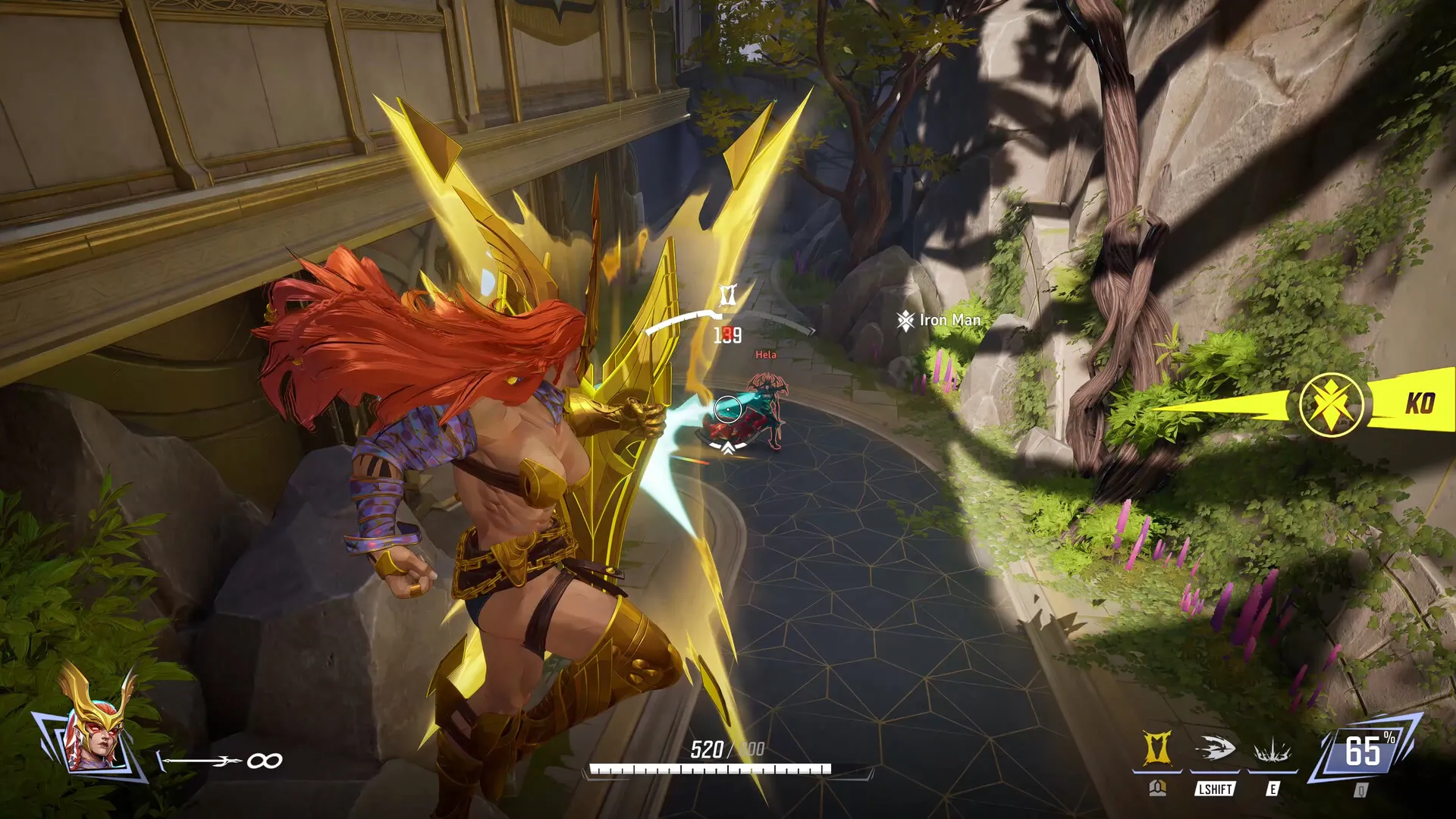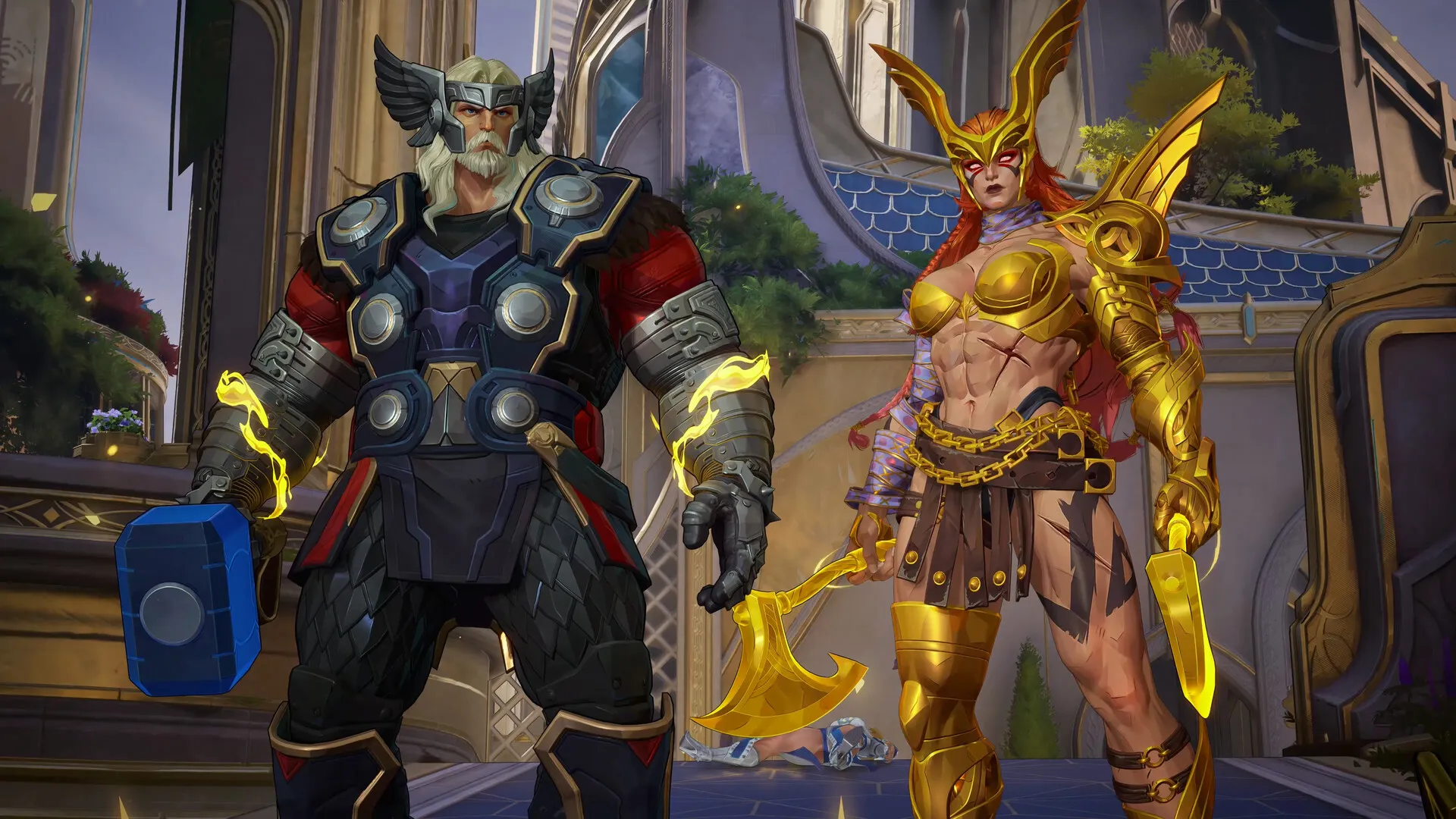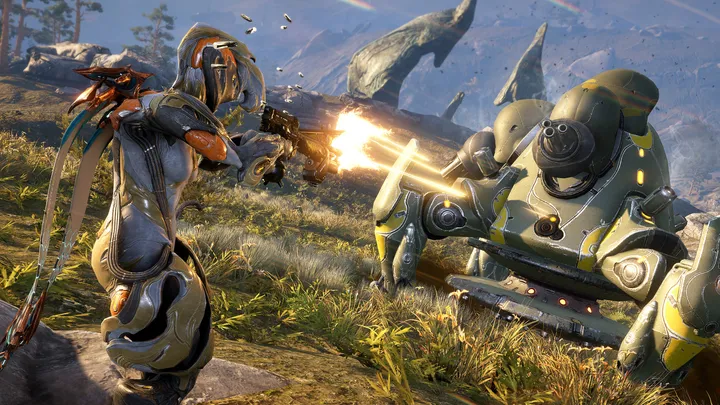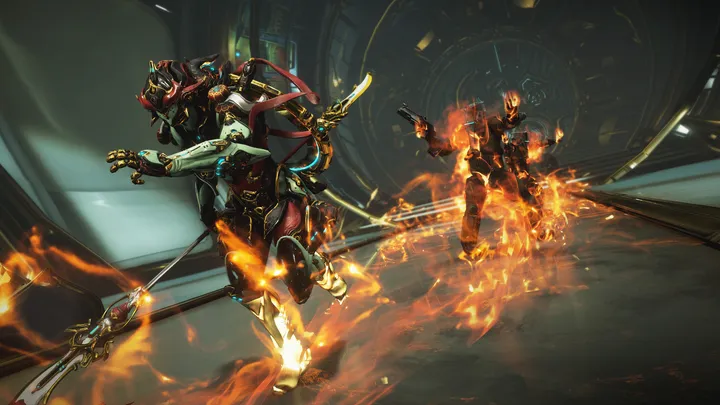Marvel Rivals arrived promising a hero-shooter built on movement, synergy, and cinematic spectacle. What players did not expect, however, was how quickly one design element would eclipse everything else: the unchecked, aggressively escalating mobility meta. It has reshaped matches, overshadowed damage balance, created role identity issues, and fundamentally altered how teams coordinate. This article dives deeply—over the course of ten structured sections—into how mobility became the most disruptive design challenge Marvel Rivals faces today, how it impacts the player experience, and why traditional hero-shooter solutions fail to control it.
The Rise of Extreme Movement
The first weeks of Marvel Rivals looked balanced on paper. Heroes had distinct mobility tools, but none seemed overwhelming. That changed fast as players mastered animation canceling, synergistic boosts, and the hidden tech that compounded movement values.
Faster characters—Wave, Spider-Man, Hela—began using unintended chaining to cross entire lanes in seconds. The game’s pace increased dramatically, outstripping the ability of tanks and anchors to maintain control.
Core causes
- Movement abilities have almost no counterplay delay
- Maps designed with verticality unintentionally empower high-mobility heroes
- Ability cooldowns scale too well with early CDR items
- Lack of soft-CC tools limits defensive responses
Resulting dynamic
Matches slowly turned into chase-and-dart arenas, where slow heroes became liabilities and objective fights dissolved into scattered duels.

When Tanks Lose Their Identity
Tanks in Marvel Rivals were designed to absorb pressure, anchor engagements, and create space. The mobility meta neutralizes all three responsibilities.
Their average movement speed is too low. Their gap-closing tools require aim and animation commitment, while DPS heroes can teleport, blink, ride waves, grapple, and bounce across entire rooftops.
Breakdown of tank gameplay
- They cannot contest high ground without being kited
- They cannot peel mobile assassins off their supports
- Their presence in chokepoints is irrelevant if enemies never walk through them
- Burst mobility allows opponents to ignore frontline entirely
Structural impact
Tanks become “line-of-sight decorations”—visually imposing yet strategically bypassed.
Assault Heroes Turn Into Predators
The hero classes intended to fight skirmishes—rogue, duelist, and assassin archetypes—benefit the most from the current mobility escalation.
They maintain high damage, but what truly breaks balance is that their mobility scales better than anyone else’s, giving them unmatched reach and escape potential.
Dominant interaction patterns
- Engage, delete support, escape untouched
- Chain-vertical-movement to create sniper-proof angles
- Abuse animation canceling to land high-burst combos mid-air
- Convert failed fights into easy retreats
Consequence
They dictate match tempo. If a team lacks two or more high-mobility heroes, they lose the map control race immediately.

Support Role Suffers the Most
Supports are the natural victims of the mobility meta. Most healing abilities operate on fixed ranges that do not track with hyper-mobile DPS. When allies travel too far too fast, supports cannot sustain them.
Support survival tools also cannot compete with mobile assassins who can warp behind them instantly.
Why supports struggle
- Heal ranges are too short
- Self-peel tools are limited
- Anti-dive abilities have long cooldowns
- Positioning advantage is impossible when everyone outpaces you
The result
Supports have the highest frustration rating in the community and the highest dropout rate in competitive queues.
Objective-Based Maps Collapse Under Speed
Marvel Rivals’ maps are built with vertical channels, flanking routes, and multi-level arenas. All of these amplify mobility power far beyond what traditional hero-shooter maps do.
Effects observed
- The fastest heroes reach objectives before defenders spawn
- Rotations become instantaneous
- Hardpoint fights collapse into micro-skirmishes
- Payload defense becomes nearly impossible without mirror-match mobility
The map design flaw
Level geometry unintentionally becomes a runway for air-dashes, grapples, and teleport chains, creating unregulated acceleration loops.
Synergy Overload Makes Mobility Even Worse
Marvel Rivals heavily emphasizes ability synergy—combo effects between heroes. While a brilliant concept, it multiplies mobility to unmanageable levels.
Common problematic combos
- Wave + Spider-Man boosting air momentum
- Magneto repositioning mobile allies mid-fight
- Cloak teleporting high-burst heroes to perfect angles
- Luna Snow chaining movement through ice platforms
Why it breaks balance
Mobility becomes not just a personal stat, but a team scaling multiplier, far beyond anything other hero-shooters allow.

Defensive Heroes Cannot Keep Up
Defenders and zoners rely on holding ground. Their entire kit structure assumes enemies must approach them.
The mobility meta invalidates this design.
Problems faced
- Zoning abilities cover too little space
- Area denial is irrelevant when opponents leap over it
- Defenders cannot maintain safe angles
- Their ultimate abilities become unreliable because targets don’t stay in range long enough
Summary
A role meant to control engagements becomes powerless when the game refuses to slow down.
Skill Expression vs. Broken Tech
Some mobility mechanics display high skill expression—precise timing, smart pathing, creative angle usage. The issue is the existence of broken tech that bypasses design intention.
Examples
- Unintended grapple multipliers
- Air-dash double cancels
- Wall-run speed stacking
- Ability clipping to skip recovery frames
Player divide
High-skill players love the expressive movement.
Average players feel completely outclassed.
Developers struggle to differentiate between “tech worth keeping” and “tech breaking the game.”
The Escalation Problem
The mobility meta worsens over time for three reasons:
- Players discover more chaining tech
- New heroes are often released with more movement, not less
- Buff patches frequently increase mobility unintentionally
- Map additions expand vertical play zones
Why escalation is dangerous
Unchecked mobility creep leads to homogenization: every new hero must be fast to stay competitive. Eventually, the game loses role identity entirely.
What Marvel Rivals Could Do
Solving the mobility crisis requires layered solutions rather than nerfs alone.
Potential fixes
- Introduce soft-CC tools that slow without full stuns
- Add mobility counters (nets, grounding fields, dampening zones)
- Reduce chaining potential by adjusting animation priority
- Expand support ranges to match new movement speeds
- Rework maps to add more grounded chokepoints
- Cap vertical momentum accumulation
- Introduce diminishing returns on repeated mobility activation
Long-term benefit
These solutions would preserve expressive movement while restoring structure, clarity, and fairness across all roles.
Conclusion
Marvel Rivals is one of the most creative hero-shooters in years, but its runaway mobility meta has become the single most defining—and disruptive—issue shaping its identity. What began as a system for fluid, comic-book-style action has grown into a dominant balance problem affecting every role, every map, every objective, and every fight rhythm.
Addressing mobility head-on is not just a tuning adjustment; it’s a structural necessity. Only by grounding movement, creating proper counters, and reestablishing role boundaries can Marvel Rivals reach the competitive depth and long-term health it aims for.

















